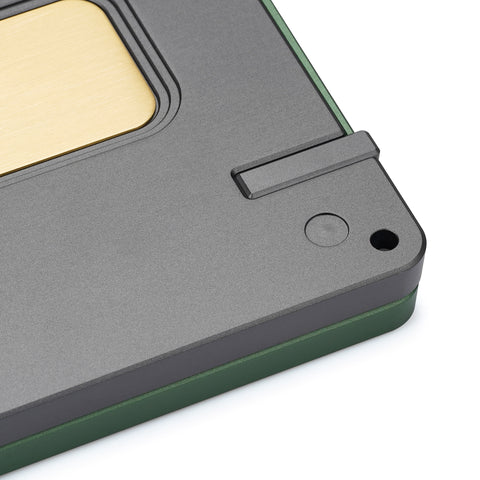

If you’re looking for a keyboard that was designed with the modern computer power user in mind, yet is still easy to get started with, you owe it to your fingers to give the HHKB layout a try. International business standards have done a lot to make keyboards easy to learn around the world, but they aren’t necessarily the most efficient and ergonomic option out there. Try a keyboard layout built with modern usability in mind This discrepancy has been enough for some enthusiasts to make the switch.ĭid You Know?: Our selection of handy HHKB accessories will help you customize your favorite board and take it along on your travels. However, the ever-broadening range of specialty mechanical keyboards and their accessories - which has been driven in large part by the hobby’s growing popularity in the United States - are sometimes made exclusively in ANSI format rather than ISO. Since the two layouts are otherwise similar, many typists simply stick with whichever of the two they learned on. ANSI keyboards place this key one row up against the right edge of the alphanumeric cluster.
#Hhkb layout sizes iso

In fact, the two are largely identical, making it relatively easy to go from typing on one to the other. The ISO keyboard layout and its ANSI equivalent (sometimes called the 109-key layout) are two of the most common standards for keyboards in the world. This fact distinguishes ISO from logical keyboard layouts such as QWERTY, Dvorak, Colemak, and Workman, which place individual letters, punctuation marks, and functions on different keys to meet different ergonomic considerations.įor instance, an ISO layout keyboard may use the QWERTY layout by default, but a user could change a setting in their operating system to type on the same board using the Colemak layout instead.ĭid You Know?: Whether you want to reflect your new logical layout of choice, or just want to decorate, our guide to keycaps will help you get started. It does not specify which letters are positioned on each key. One more important detail to note when defining the ISO keyboard layout is that it refers to the physical arrangement of keys on a keyboard as well as the general position of clusters (such as the alphanumeric keys and function keys). This is due in large part to ISO’s built-in accommodation for symbols that are less common in English, but we’ll get more into the differences between layouts in the next section. While the keyboard ISO layout is typically not used in the US, where the American National Standards Institute’s ANSI keyboard layout is common, ISO boards are frequently found across Europe and South America. It also can refer to keyboards that compress or omit some of the defined layout (such as smaller 60% keyboards) but otherwise follow its guidance for key size, shape, and placement. In common use, the term “ISO keyboard layout” refers to 110-key keyboards that hew to ISO’s standards. The standard was first implemented by the ISO in 1994 and was last revised in 2009 - and if you’re wondering why it’s named “ISO” instead of “IOS”, that’s because the Switzerland-based organization uses that acronym for consistency across all languages. These principles are then individually implemented and customized to meet the needs of different countries and industries.

Instead, it’s a living document issued by the International Organization for Standardization that dictates layout principles for computer keyboards. The ISO keyboard layout is, technically speaking, not a keyboard layout in and of itself.


 0 kommentar(er)
0 kommentar(er)
